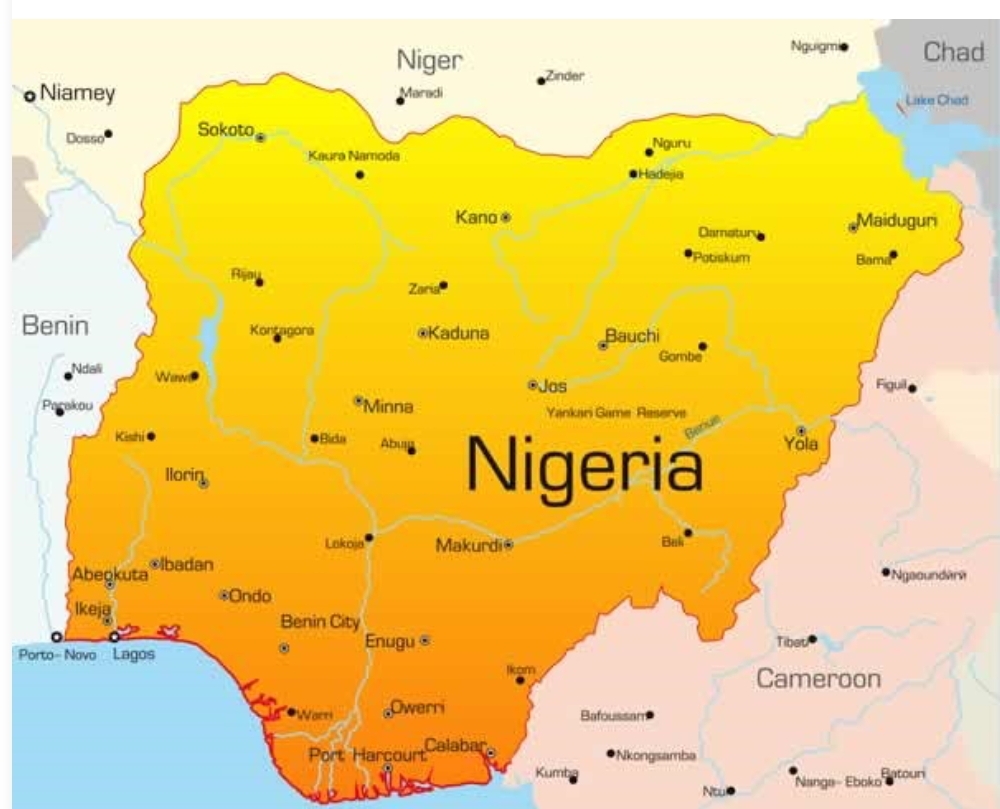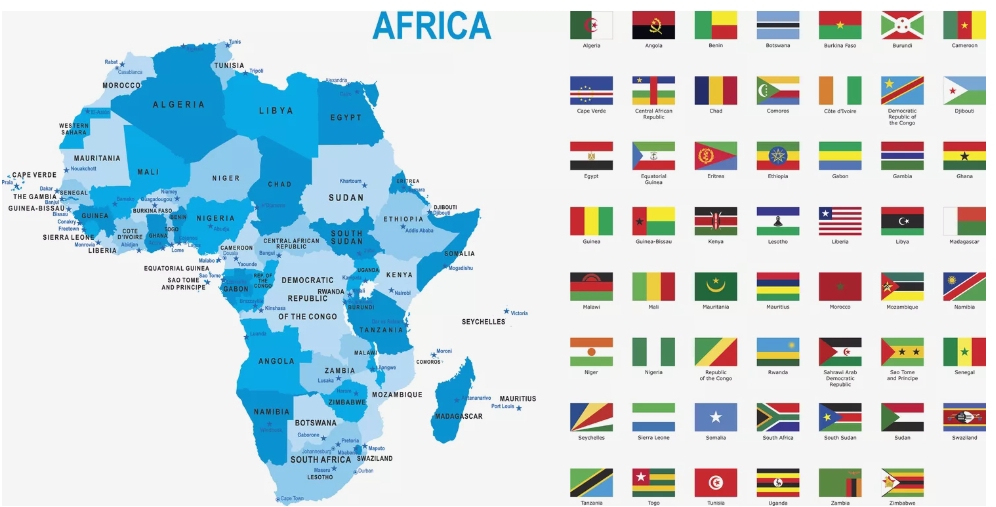| People | Places | Top List |
|---|---|---|
| Activist | Africa | Education |
| Celebrities | Asia | Institutions |
| Innovators | Europe | Places |
| Politicians | North America | Public Figures |
| Sport Stars | Oceania | |
| Writers | South America | |
Public Icons
Find and read interesting biographies of notable and famous people
















